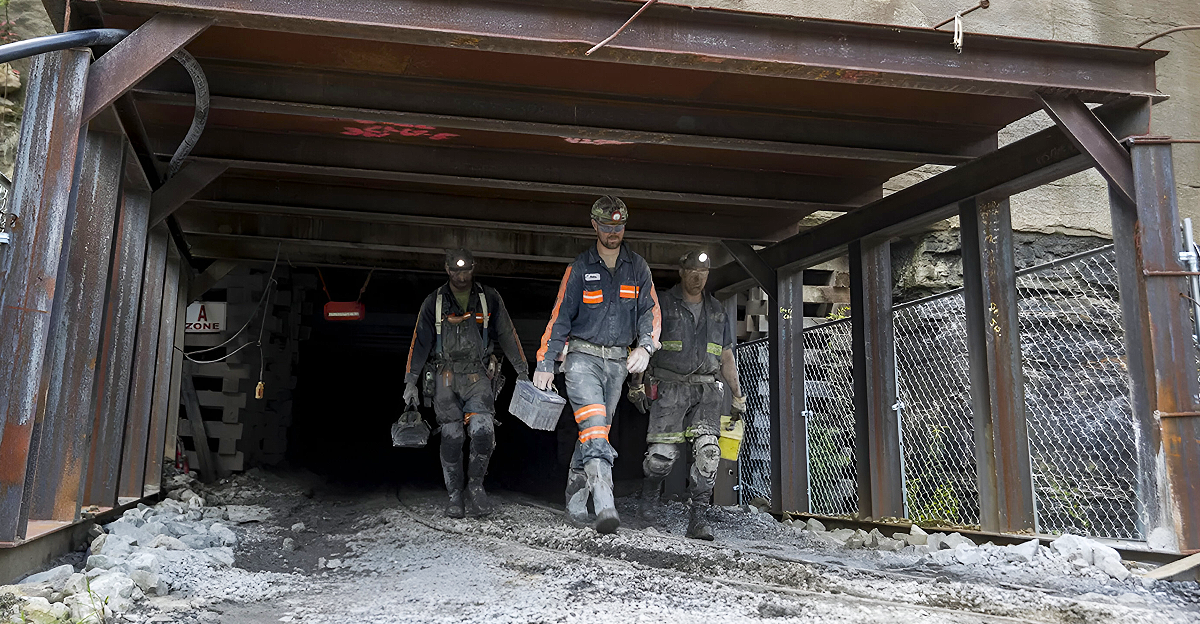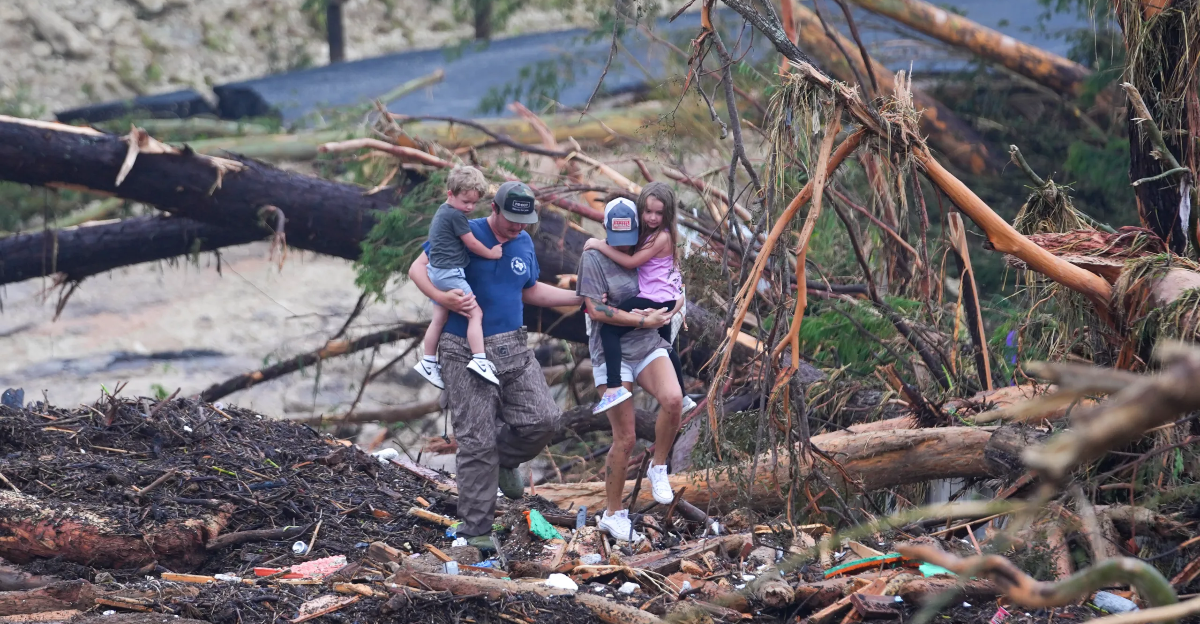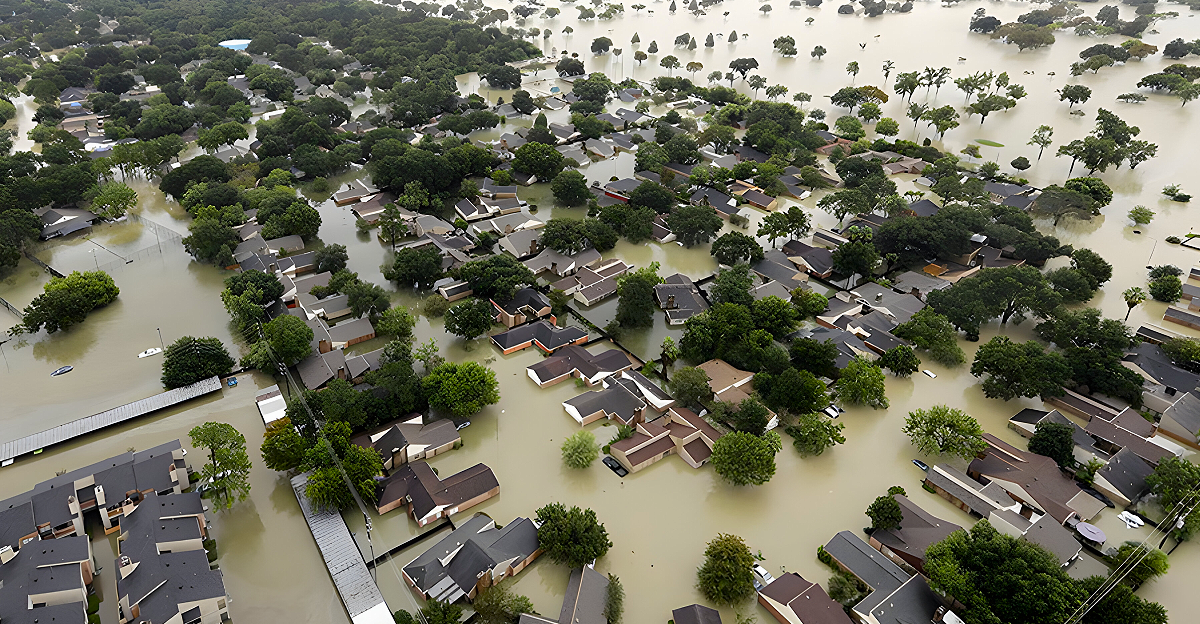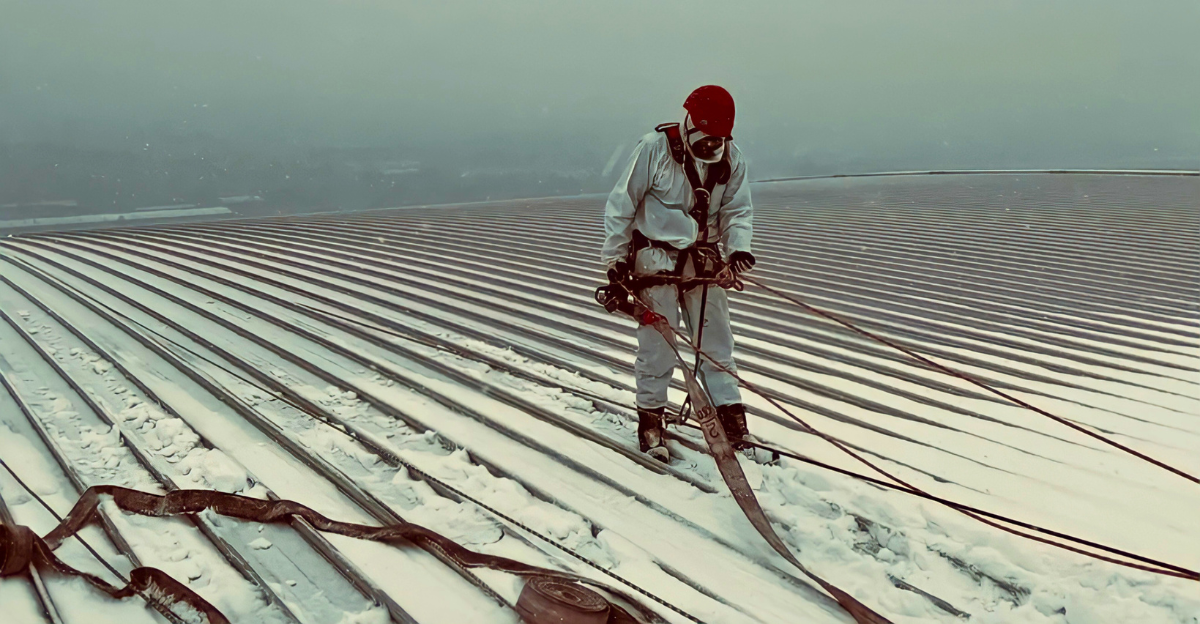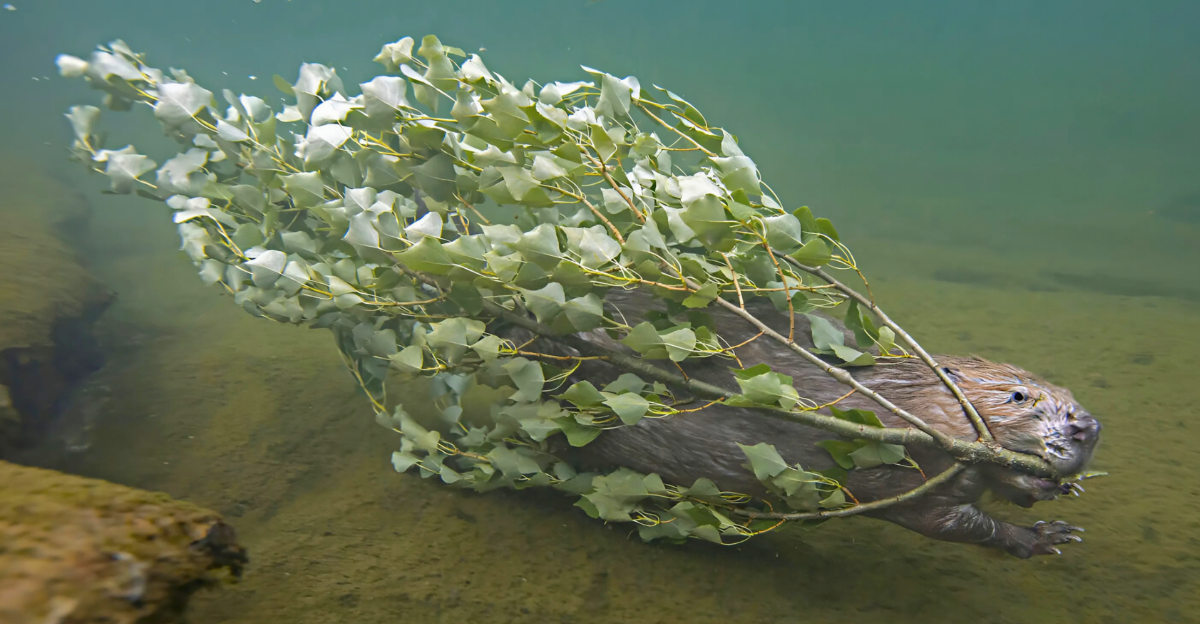
It comes as no surprise that the intense heat of the Utah sun leads to dried-out rivers and destroyed ecosystems. In a shocking turn of events, researchers were able to accomplish the unthinkable, they brought a long-gone river back to its former glory.
Six years ago, a team of wildlife experts and researchers released beavers into the desert to revive dying waterways. Despite facing harsh conditions and shrinking ecosystems, this intervention radically transformed, as the once lifeless river began to roar back to life.
Rivers on the Brink

These rivers were once winding and vibrant waterways, but today, they are nothing more than narrow, rushing ditches that no longer support the rich ecosystems they once nourished. For decades, rivers like the Price and San Rafael teetered on the edge of extinction, their once-vital flows reduced to trickles with dying ecosystems.
Nearly 28% of Utah’s rivers and streams are classified as impaired under water quality standards. “It is a little bit tricky when you have a couple of good years and you’re feeling good about water supply, and then, all of a sudden, have a situation where you’re not as well off,” said Utah Division of Water Resources Director Candice Hasenyager.
The Bold Plan
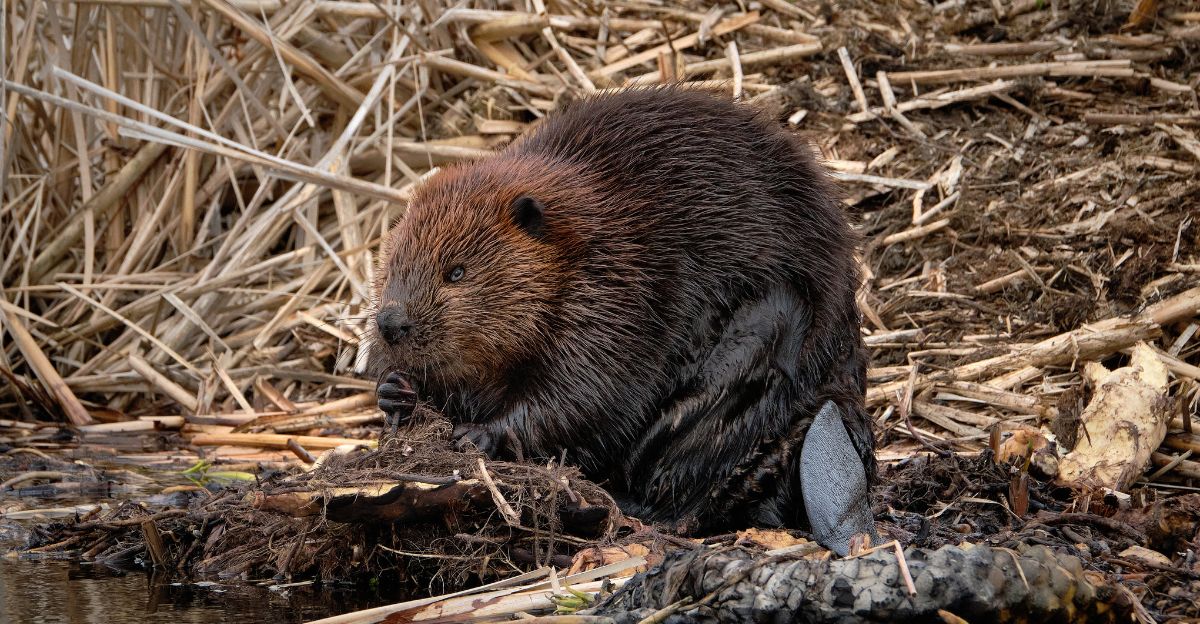
Renowned as “ecosystem engineers,” beavers possess a unique ability to transform landscapes through their instinctive dam-building. By felling trees and constructing intricate networks of dams and ponds, beavers slow water flow, raise groundwater levels, and create lush wetlands in even the harshest environments. The bold plan was to reintroduce beavers into Utah’s parched waterways, and it was rooted in the belief that these animals could spark a natural process of renewal, which human restoration failed to do.
“Beaver dams are gaining popularity as a low-tech, low-cost strategy to build climate resiliency at the landscape scale,” said the Ecological Society of America in a study. “They slow and store water that can be accessed by riparian vegetation during dry periods, effectively protecting riparian ecosystems from droughts.”
Choosing The Right Location
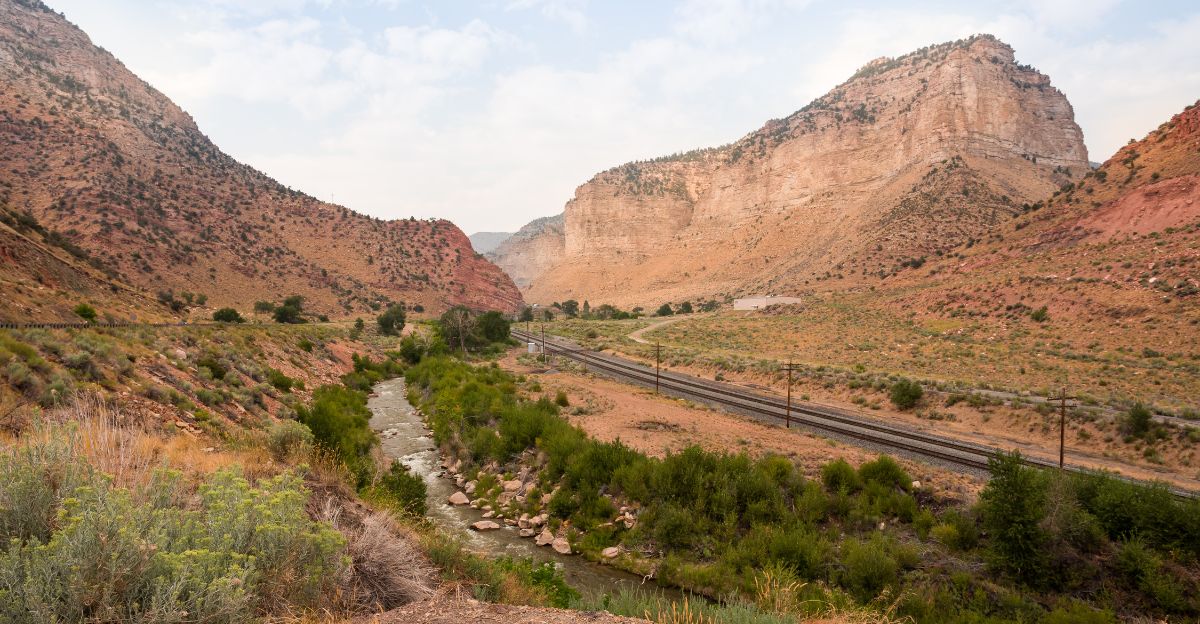
Experts took finding the right location very seriously. They looked for river stretches with gentle gradients, slow-moving water, and abundant bankside vegetation, particularly willows, aspens, and cottonwoods, which beavers rely on for food and construction. The perfect site had to have at least two kilometers of suitable habitat, low risk of human conflict, and minimal likelihood of flooding infrastructure or farmland.
These rivers already had beavers in them, but experts believed they could add more. “We believed the system could support a lot more beavers,” said Emma Doden, a master’s student in translocated beaver ecology at Utah State University, “we wanted to supplement it with translocated beavers.”
Giving Beavers a Second Chance
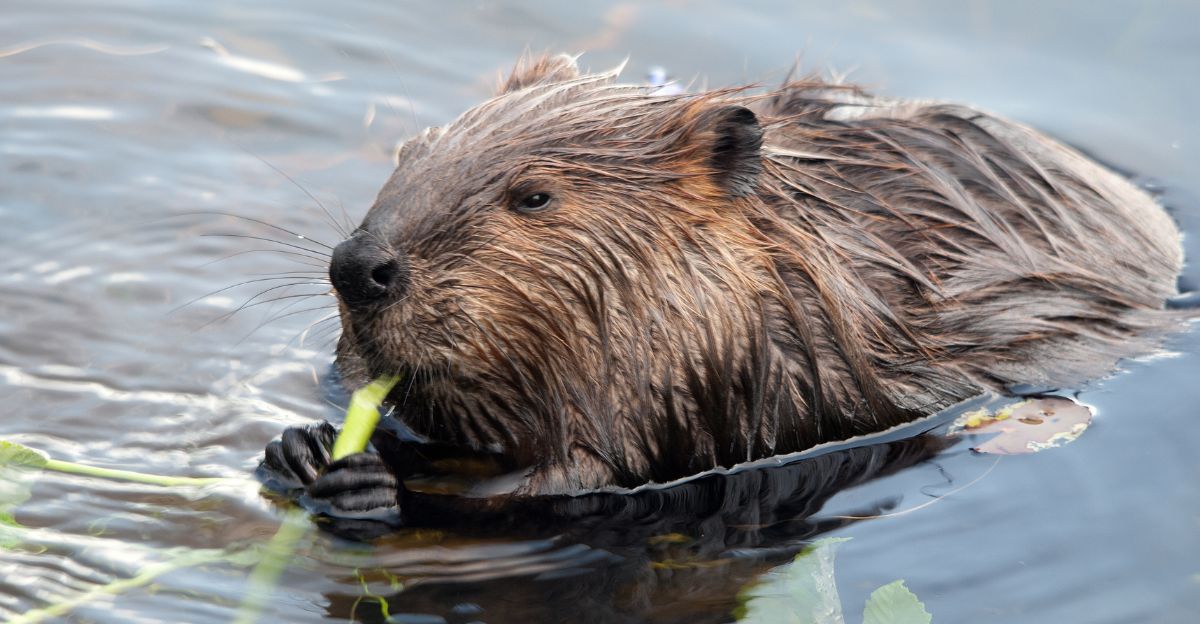
Wildlife teams start by live-trapping beavers from areas where they are considered nuisances, and they give these little critters a second chance at life. Once captured, beavers undergo health checks and behavioral assessments in specialized holding facilities to ensure they are fit for release and likely to thrive in their new environment. The animals are tagged with tracking devices to allow researchers to monitor their survival, movement, and adaptation after release.
These releases are typically scheduled to avoid extreme heat, which can be fatal in desert environments. Teams may construct starter dams or install beaver dam analogs at the chosen restoration sites to encourage the beavers to settle in their new homes. “In the summertime, it can be above 100°F for weeks or even months at a time. And so we initially tried to avoid relocating animals during the hottest months,” said Doden.
Surviving In a New, Harsh Environment

Beavers released into these arid landscapes faced extreme drought, scorching summer temperatures often exceeding 100°F, and a scarcity of reliable water sources. Many beavers succumbed to predation or exposure, while others ventured far from release sites in search of better habitat, sometimes traveling up to 12 miles.
The stress of relocation and the harshness of their new environment led to higher mortality rates among translocated beavers compared to resident populations. “We did see some mortality,” she remembers. “And quite a few moved from the targeted restoration area. They didn’t all settle down to build the dams. But that’s to be expected, you won’t have 100% success.”
The Dam Building Begins

Once the beavers were released, they wasted no time starting the build on their new homes. These structures slowed the river’s flow, reduced erosion, and created ponds that trapped silt and organic matter, helping to raise water levels and restore moisture to the surrounding soil. “The ultimate goal is to get them to build dams,” she says. “The dams are what are going to increase habitat complexity and restore water.”
As water pooled behind the dams, the landscape began to transform. Banks stabilized, new wetland habitats emerged, and native plants started to flourish in previously barren areas.
The Water Returns
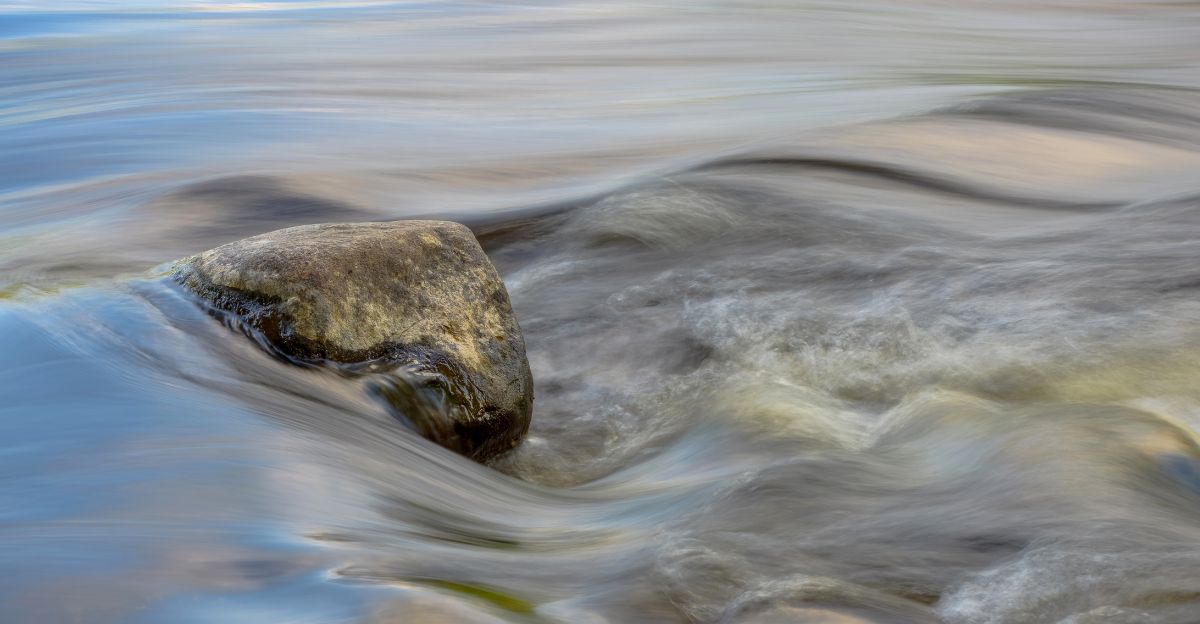
Six years after the first beavers were released, the transformation is astonishing. The dams constructed by these industrious animals slowed water flow, allowing it to pool, seep into the ground, and recharge aquifers, reviving wetlands and sustaining riverbank vegetation. While the success was also supported by federal investments in water cleanup and habitat restoration, experts credit the beavers as the main drivers of this ecological comeback.
“The dams slowed the flow of water and really reduced the impact of flooding downstream. And then, of course, in drought periods the ponds still held water, and so the stream kept flowing even though it hadn’t rained for weeks,” said Richard Brazier, director of the Centre for Resilience in Environment, Water and Waste at the University of Exeter.
Impact on the Community

As water returned and habitats flourished, local residents and visitors rediscovered the rivers. The rejuvenated waterways have enhanced the region’s natural beauty and boosted local economies by attracting outdoor enthusiasts and tourists. Community members express a renewed sense of connection to their environment, celebrating the beavers’ role in restoring the landscape and outdoor enjoyment opportunities.
“A tributary of the Colorado River, the Price River runs through downtown Helper. On a warm day, you’re likely to find the river filled with tourists and locals kayaking, tubing and fishing along its shore. A decade ago, it was hard to imagine this scene—and the thriving recreation economy that comes with it—was possible.” said a column in The Salt Lake Tribune.
Ongoing Monitoring

Researchers keep a close eye on their environment-savers, closely tracking every stage of the process to measure success and adapt strategies. Satellite imagery and remote sensing tools, like the Beaver Restoration Assessment Tool (BRAT) and the Mesic Resource Restoration Monitoring Aid (MRRMaid), are used to assess changes in water levels, vegetation health, and wetland expansion from above, providing a landscape-scale view of ecosystem recovery.

